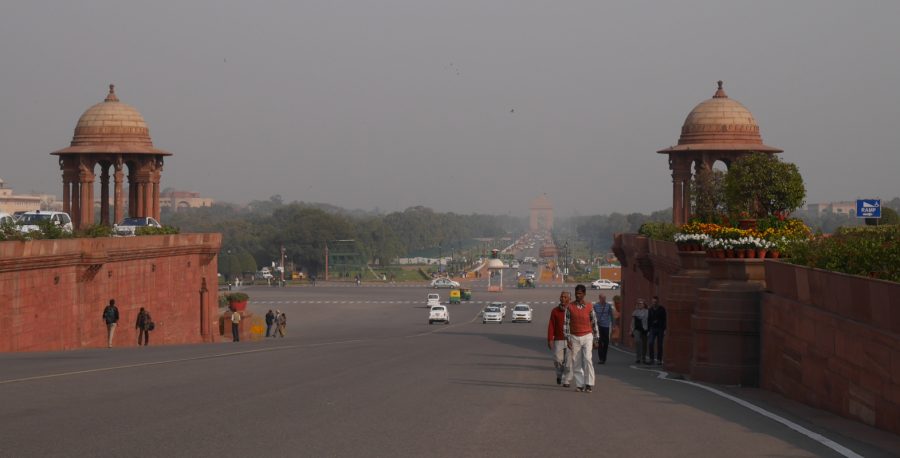Almost without exception, first-time visitors to India from the West can’t help but comment on the unfathomable diversity and complexity of the country. When I first set foot in India five years ago, I claimed that I could have written an entire book on the sights along the road from Guwahati to the Garo Hills. Although this was clearly hyperbole, it is true that Indian society is heterogeneous linguistically, culturally, ethnically, and religiously. India is, after all, a country with close to a hundred literary languages.
Units of measurement in India tend to attract less attention than language and ethnicity, but I think that they are an essential part of India’s mixed cultural heritage, and they are indicative of the country’s modernity. India, like almost every other country in the world, officially uses the metric or SI system of measurement. As part of the country’s modernization, the Government of India introduced metric during the early-independence period. Converting to metric entailed abandoning the British Imperial units previously in use, so the process was also a way to move beyond India’s colonial past. As a result of metrication, Indian highways were re-marked and train route charts reprinted in kilometers, weather reports were issued in degrees Celsius, petrol (gasoline) was sold in liters rather than gallons, and grocers were required to sell their produce by kilogram rather than pounds.
The conversion to metric was slow and even now, more than fifty years after it began, is still incomplete. One does not have to look hard to find remnants of British Imperial units still in use. During my work, study, and travels in India, I have bought a ruler marked in inches at a stationery shop; had my fevers measured in degrees Fahrenheit; and seen carpenters measuring out wood in feet and inches. The result of this incomplete conversion is that Indians—like Americans—will schizophrenically mix English and metric units. An example of this is a cookbook that came with a pressure-cooker I bought in the Garo Hills. The pressure-cooker models are rated by liters of capacity (I bought the three-liter version), but any volumes in the recipes themselves are given in teaspoons, tablespoons, and cups.
(The title of this post is the distance between the India Gate and the central secretariat buildings in New Delhi.)

